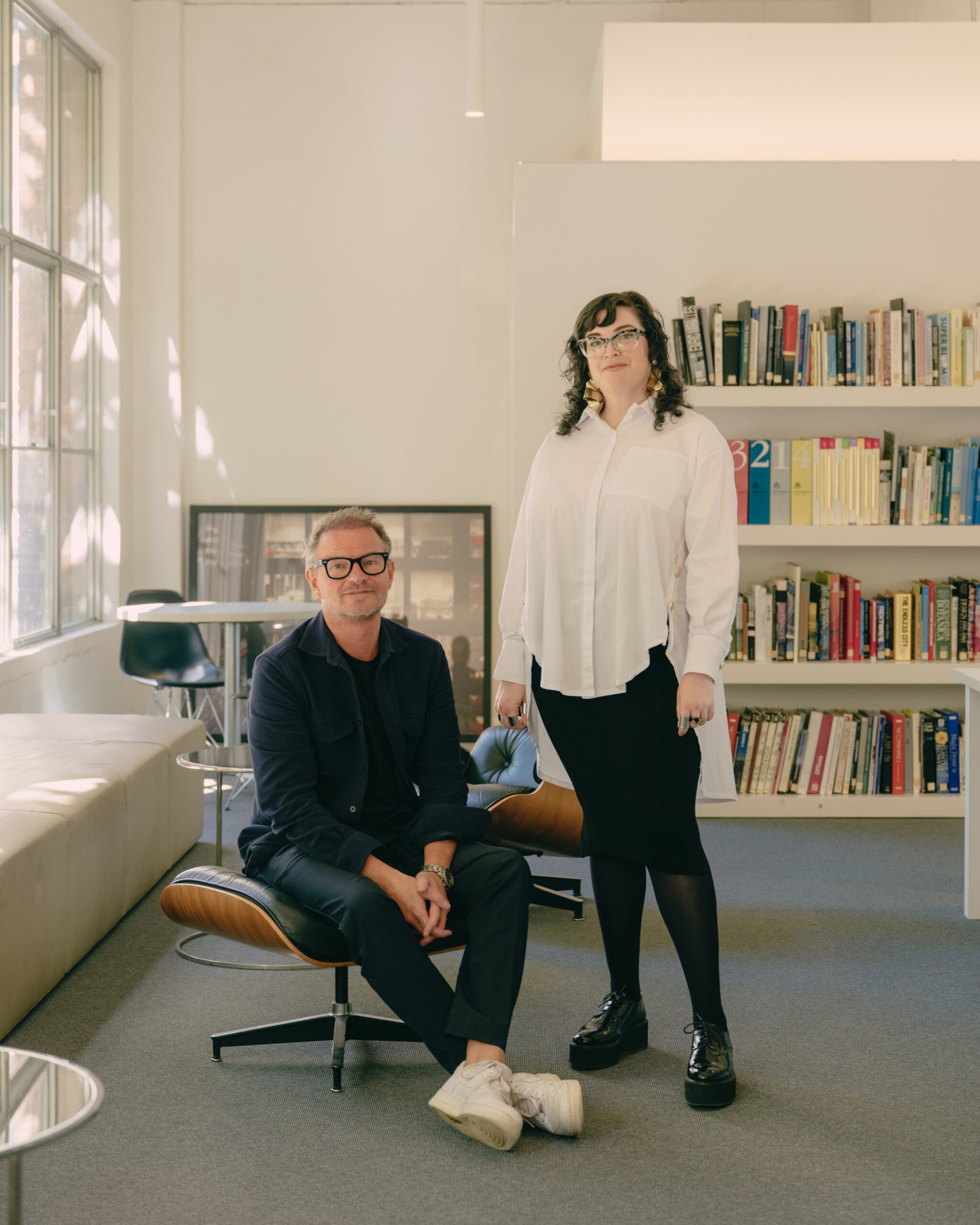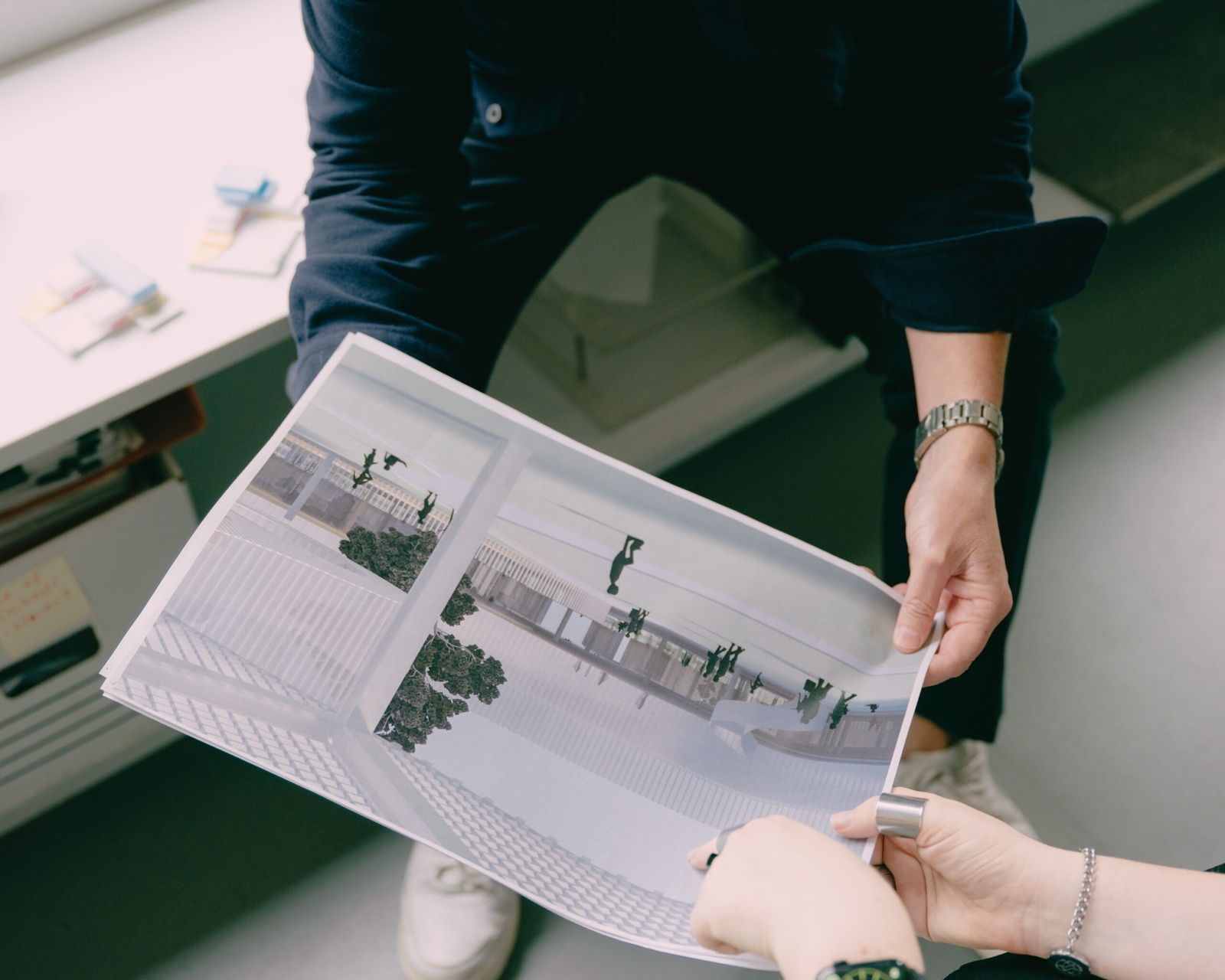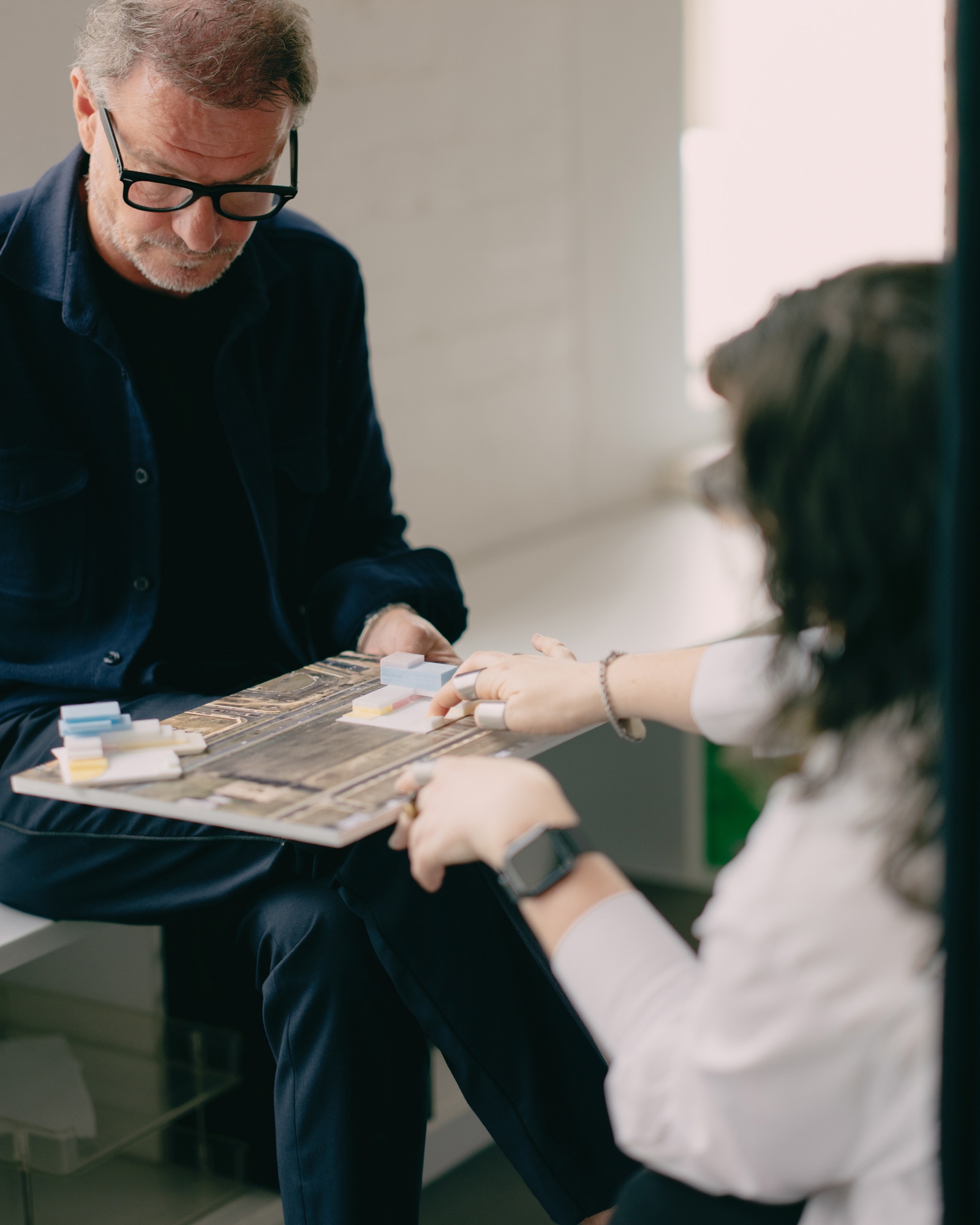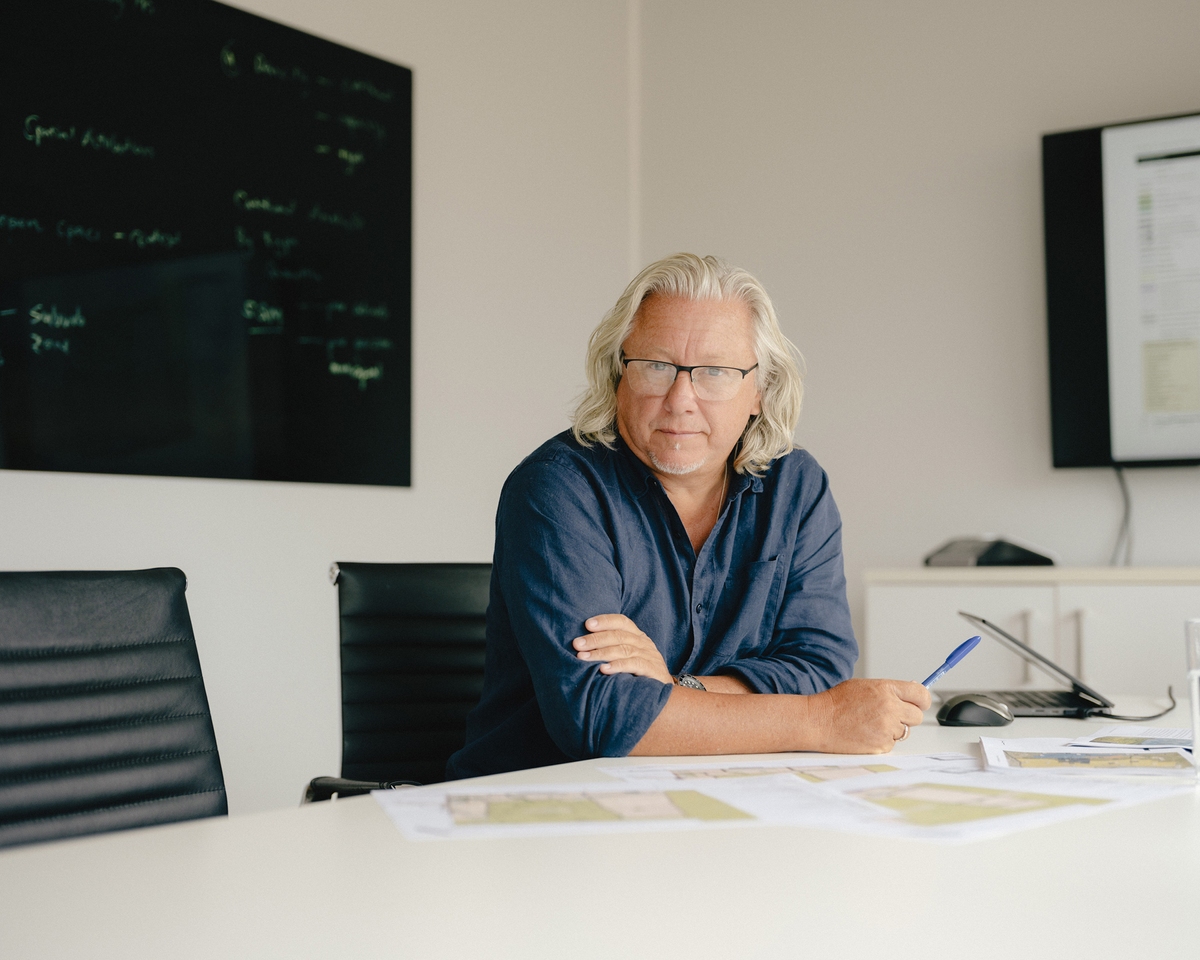Shaping a place’s identity
Insight

Tell us a little about Hassell and how the practice approaches design.
Mark: We’re an international multidisciplinary design firm that has been around for 85 years. Fundamentally, we’re always looking to maximise the value of design and create places people love.
We extract the social, economic and cultural capital for our clients. And we look for conceptual clarity in each of our projects so that each is specific for its place, how it connects to the community, and the value it can bring. Context is very important for us.
Megan: Armstrong Creek also has opportunities for two other areas of our focus: sustainability, and how we can connect to Country and make sure that we’re engaging with traditional owners, ensuring they’re part of the process. At Armstrong Creek, we are preparing for that engagement process with the Wadawurrung people.
What stage are you at with the Armstrong Creek project?
Megan: At the moment, we’re looking at some conceptual designs for a mixed-use development, including a childcare facility, co-working and retail, which potentially can be a catalyst for the area of land that SRL is holding. We’re exploring how this could be the start of building a community – a bridge between the residential and commercial zone and the landscape. We want to start creating and celebrating an identity for Armstrong Creek.
Mark: From a personal perspective, I grew up in Geelong and know that part of the world very well. I used to visit a friend who had a farm there when I was a young kid. To see that whole environment change over the last ten years to effectively a suburb that sits between Geelong, Torquay and Barwon Heads is incredible.
We were interested in working on this with SRL because they are interested in community, and how design can add value to how people live and experience their communities. That aligns with what we’re always looking to do. They’re thinking about the big-picture, long-term value that the project can have, and how design can contribute to that.

You mentioned designing for context. How do you ensure that this project is relevant to the context of Armstrong Creek?
Megan: Being a reasonably young suburb, there are predominantly residential and primary commercial offerings. So, how can we create somewhere people want to dwell, where they might want to meet people outside of the home and get outside? Somewhere that they enjoy going, that is an extension of their life. That might be lacking now because it’s a new suburb, whereas established suburbs already have those places that feel comfortable and bring people joy.
What lessons can be learned from other similar community spaces?
Mark: What’s interesting is that there are many of these types of environments around our city that are not very pleasant; that are not very friendly, green, or engaging. That’s why we wanted to work with SRL because they question this, and I think that they fundamentally believe there is an important opportunity and a responsibility to add social, economic and cultural value to their communities.
Megan: It’s a tricky one because it is so new. How do you create something and let it be a catalyst, and also let it grow organically into something else? We are looking at potential uses, and how we can allow them to occur. Of course, the community will decide what is successful and what they require.
Mark: SRL has certain programmatic elements that may fit on a ground floor – like a community centre or commercial, medical or retail spaces. If they wrap an environment with that, it’s a template for the community to start engaging.
Megan: We ask, how can we create a framework that hopefully provides and encourages a rich place to grow?
Mark: And, how can we create a subtle identity there in the built form? Whether you’re driving past at 60 kilometres an hour or staying to buy yourself a beer in the brewery, the place needs a strong sense of identity.
You talked about Hassell designing places people love. How do you create that emotional connection?
Megan: First, you need to consider some aspects that make the site potentially uncomfortable and look at how you can mitigate those to create a comfortable space. Secondly, it doesn’t necessarily have to be incredibly iconic or loud, but it has to have a sense of being unique.
Mark: It’s interesting because the site sits between these two obvious worlds: urban and coastal. It’s a curious challenge to make it attractive and economically viable long-term, as well as a beautiful place to hang out.

Thinking ahead to ten years from now, if you are driving past and you stop at Armstrong Creek, what do you hope to see as a result of your work?
Megan: In an extremely car-driven area, it would be lovely to see this as the start of a more walkable place. A place where people will cycle with their family or walk rather than drive. Particularly with the sustainable aspirations of this project, that is something that would be great to see.
Finally, can you tell us about working with SRL?
Mark: They’re ambitious, they’re challenging, and they’re trying to add long-term value to their projects for the communities they work in.
A design like this isn’t something you can spend less than two or three weeks on and come up with the answer. It takes time to unravel. And SRL provides that, which is really refreshing.
